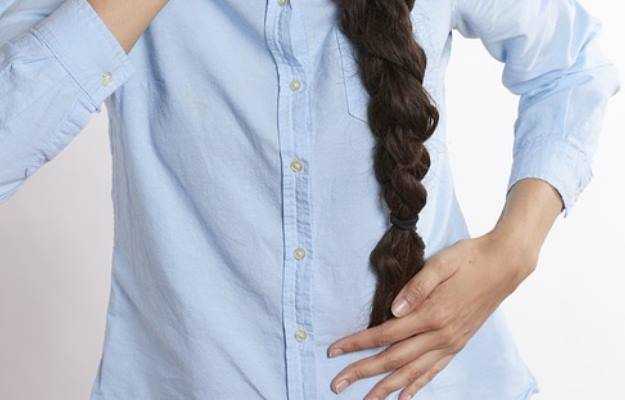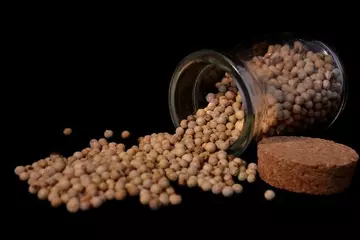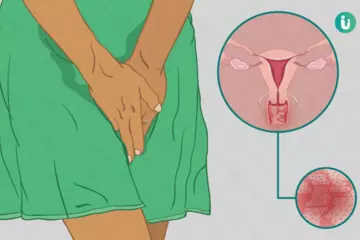What is interstitial cystitis?
Interstitial cystitis, also known as bladder pain syndrome, is a chronic inflammatory condition of the bladder. Interstitial cystitis causes pain, distress and pressure in the bladder area. The occurrence of this syndrome is more common in females than in males. As the bladder becomes inflamed and irritated, the bladder becomes sensitive. Furthermore, the wall of the bladder can swell or bleed.
What are its main signs and symptoms?
The symptoms vary from mild to low. In some patients, symptoms may subside and go away completely without medical aid.
- Increased passage of urine (Read more: Frequent urination causes)
- Feeling of urinary urgency
- Urinary leaking, passing small amounts of urine each time
- Pelvic pain, pain during sexual activity in women
- Pain in lower abdomen, thighs, lower back, vaginal or penile pain
- The symptoms of interstitial cystitis worsen due to hormonal changes, stress, consuming spicy foods and alcoholic drinks.
What are its main causes?
The exact reason for interstitial cystitis is not identified so far. But it can be related to the following medical conditions:
- Autoimmune disease such as inflammatory bowel disease, systemic lupus erythematosus and atopic allergy
- Blood vessel disease, such as vascular injury causing blood vessel fragility
- Presence of abnormal material in urine like calcium phosphate
- Undiagnosed infections that may be a bacterial infection caused by urea-splitting bacteria
How is it diagnosed and treated?
There is no definitive test for the diagnosis of interstitial cystitis. However, the following tests are performed to diagnose it:
- Urine sample analysis and culture
- Biopsy of wall of urethra and bladder
- Cystoscopy
Interstitial cystitis cannot be cured completely. However, the following treatment can reduce the symptoms. Bathing inside of bladder with a drug solution
- Inflating the bladder
- Medication
- Diet
- Reducing stress
- Physical therapy
- Nerve stimulation by electrical method
- Bladder training
- Surgery

 Doctors for Interstitial Cystitis
Doctors for Interstitial Cystitis  OTC Medicines for Interstitial Cystitis
OTC Medicines for Interstitial Cystitis



















